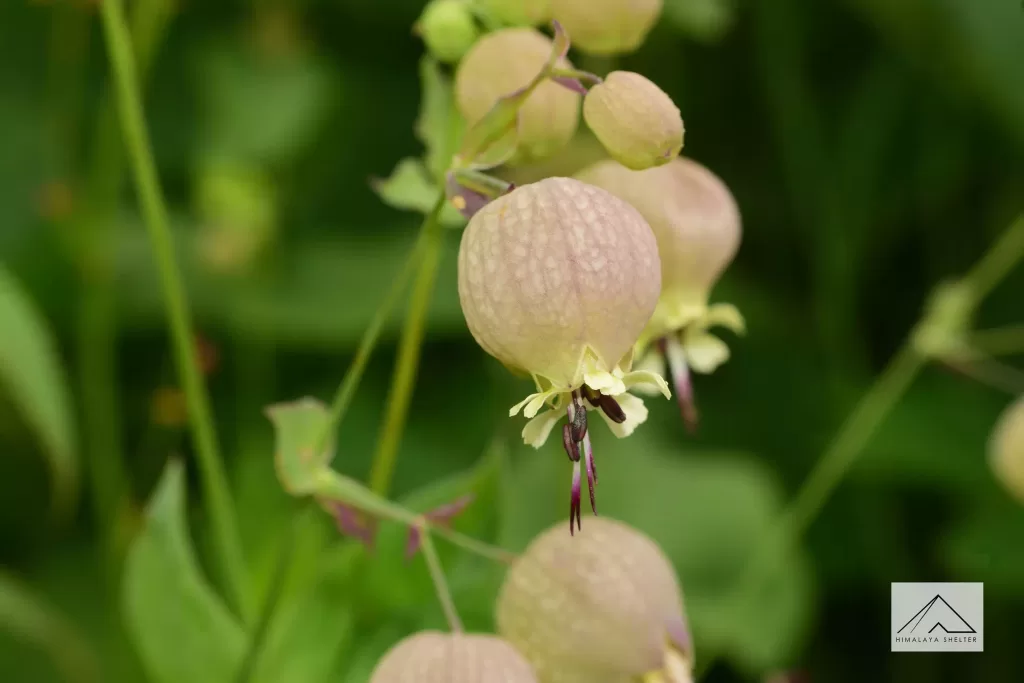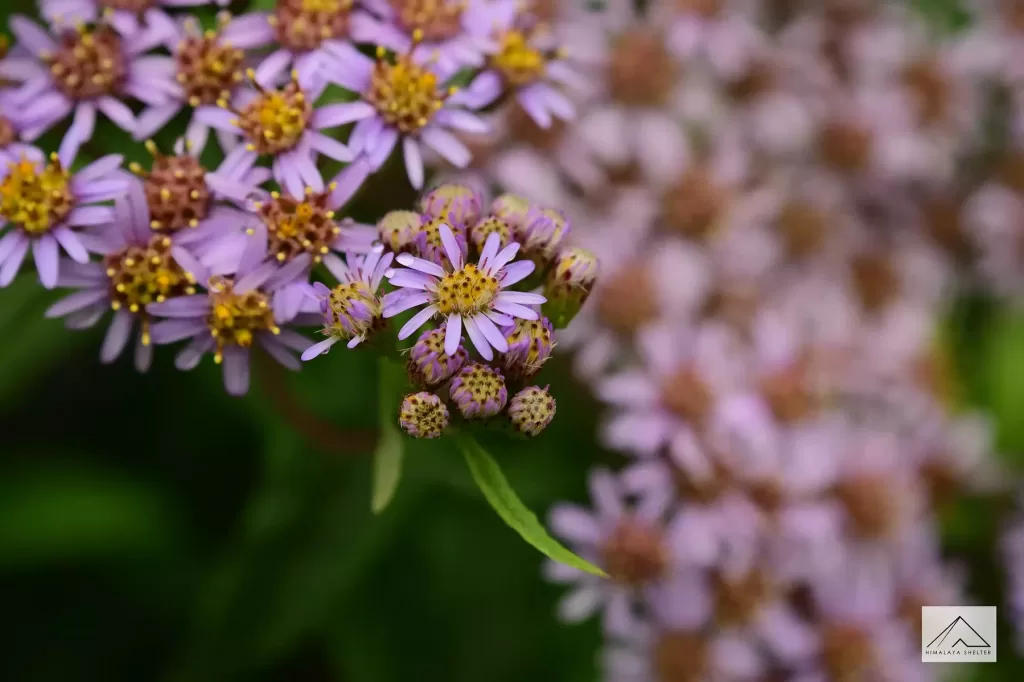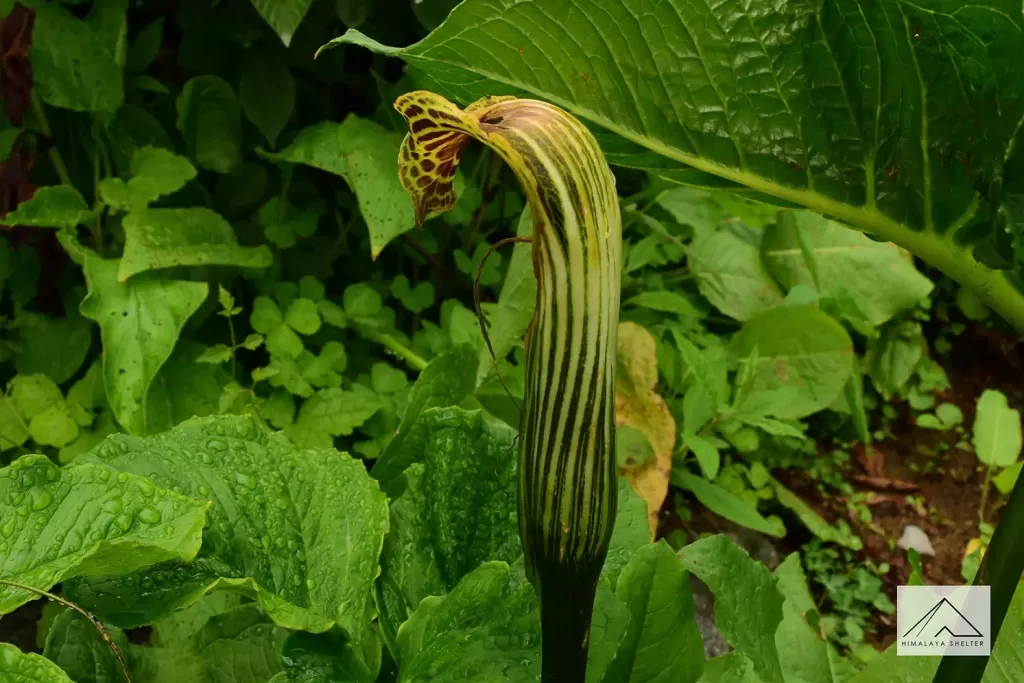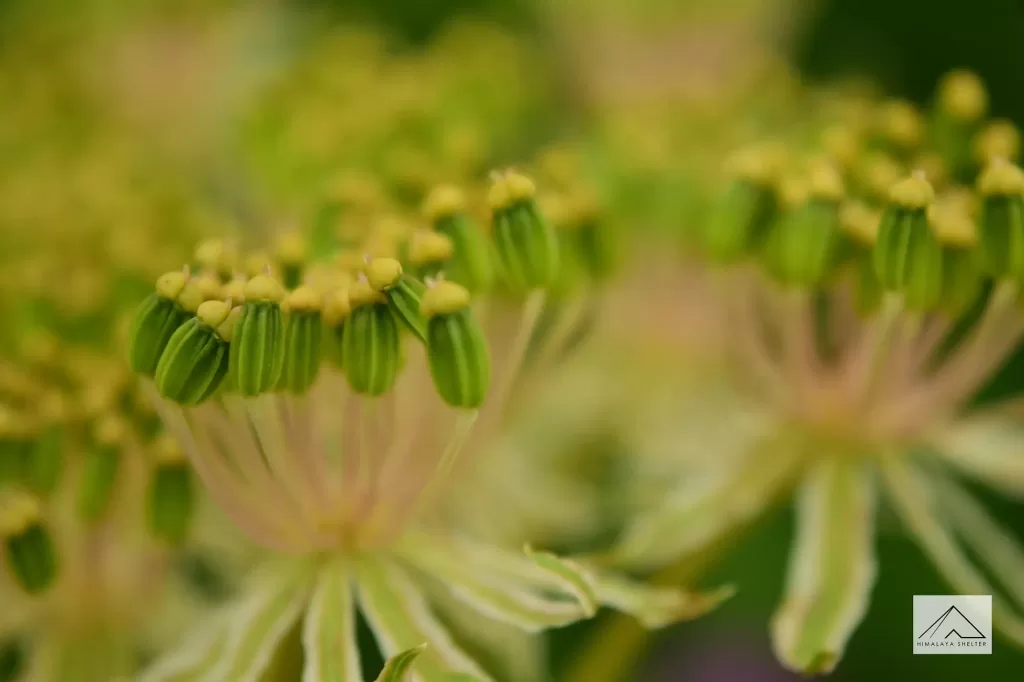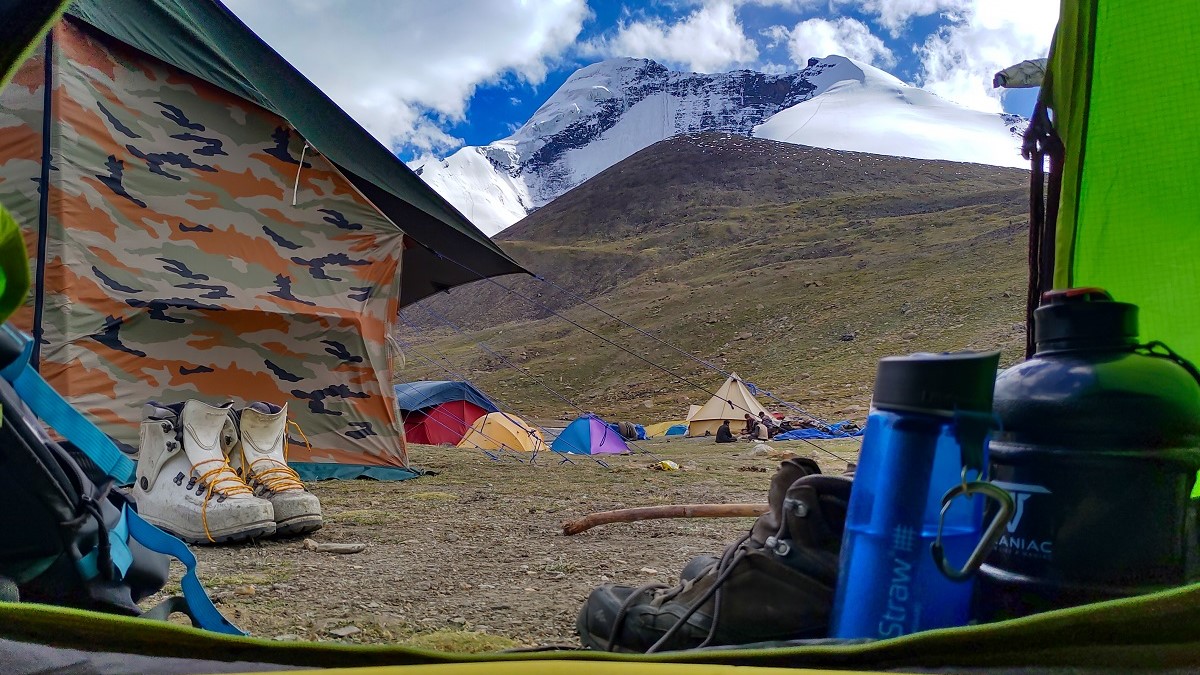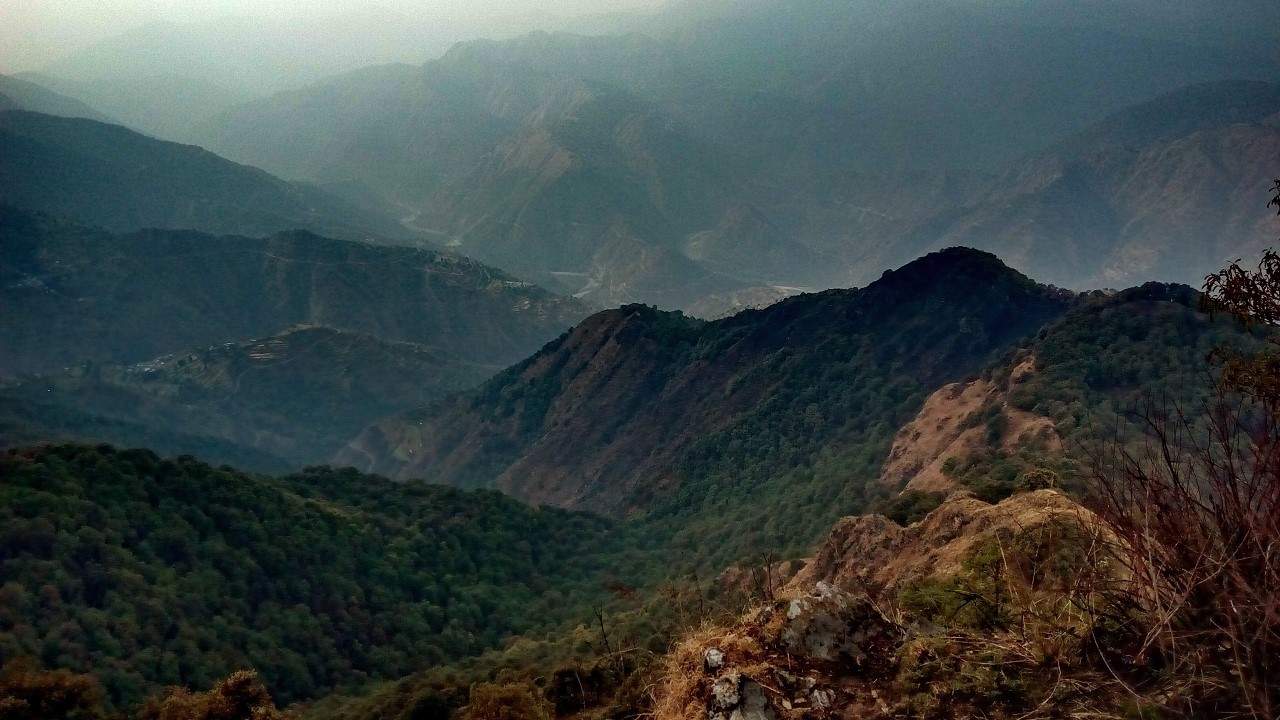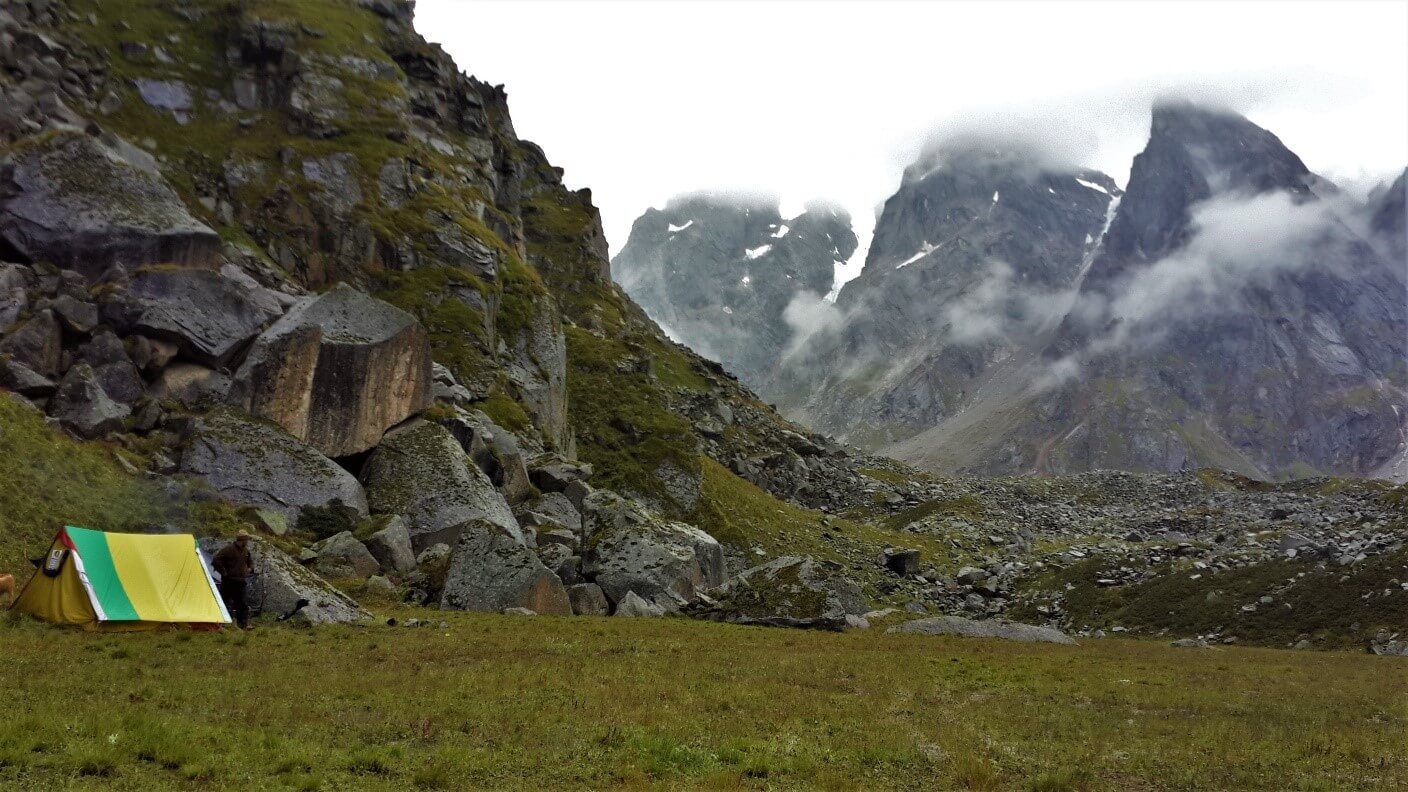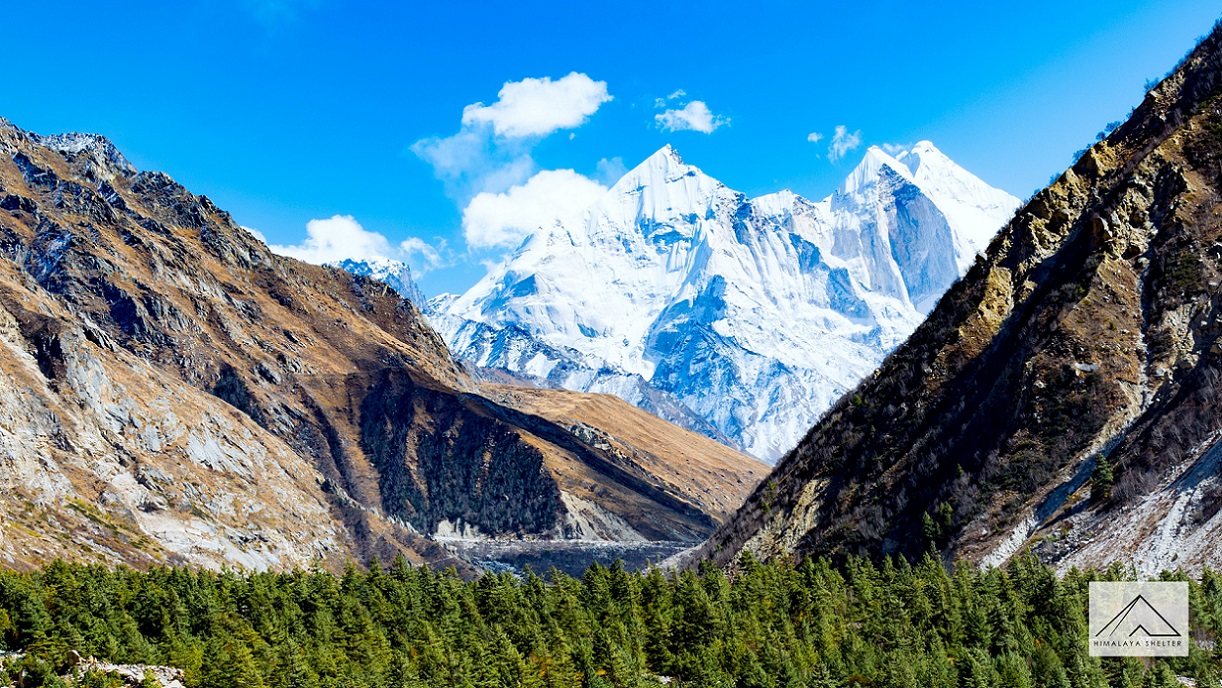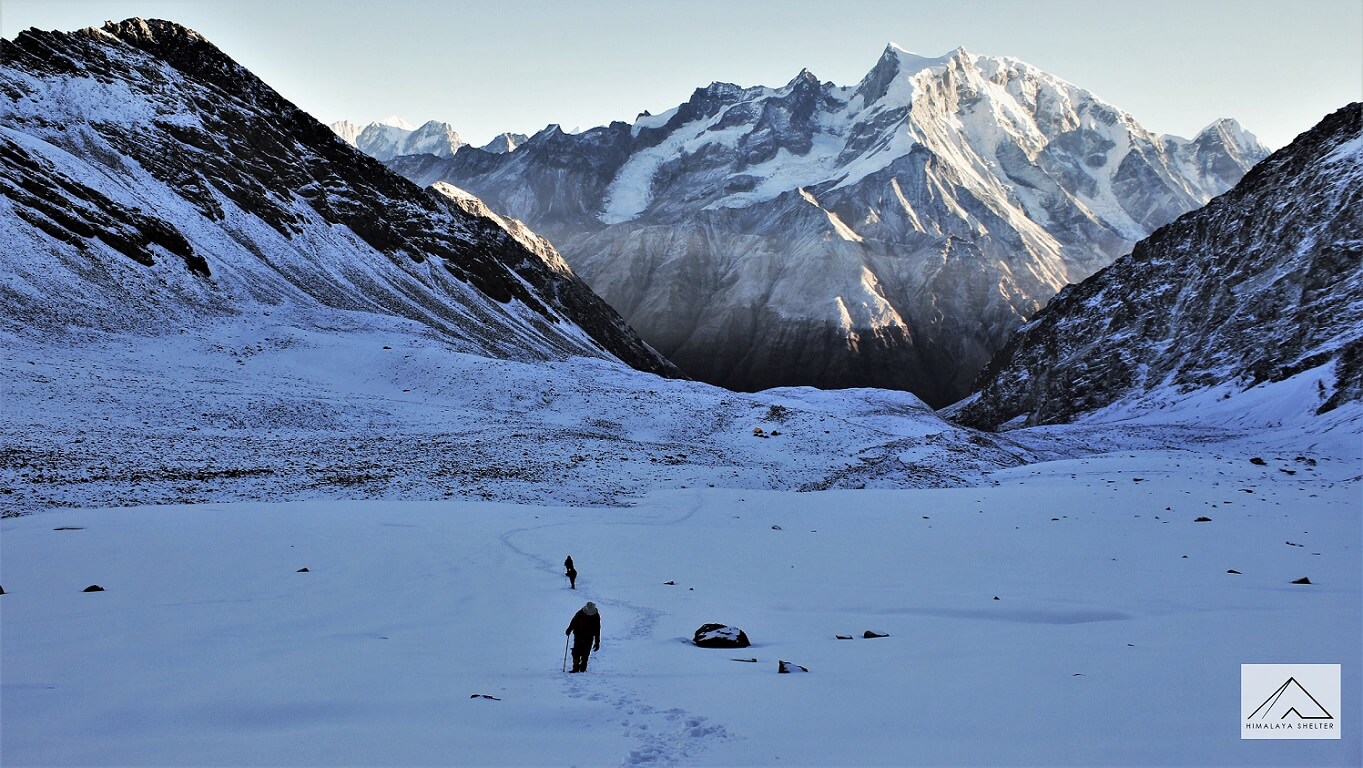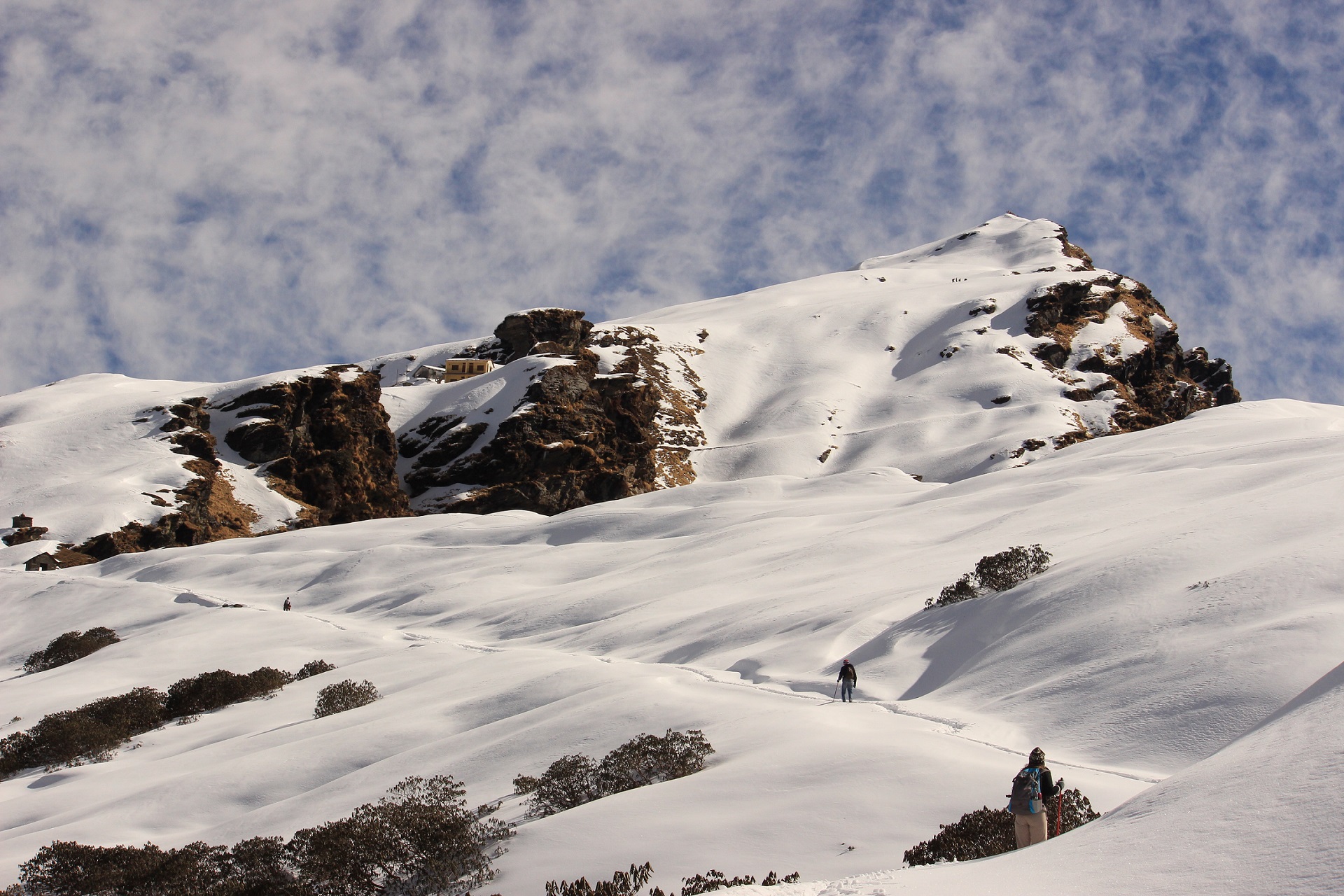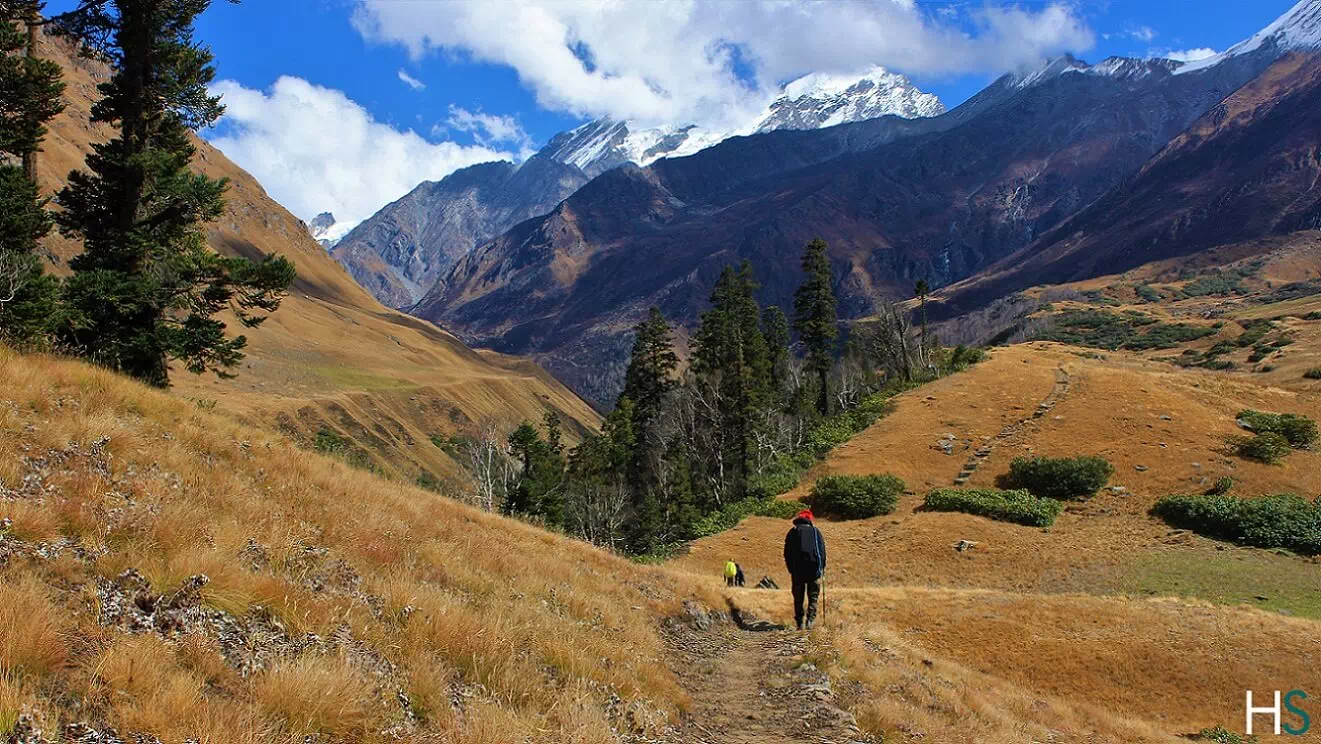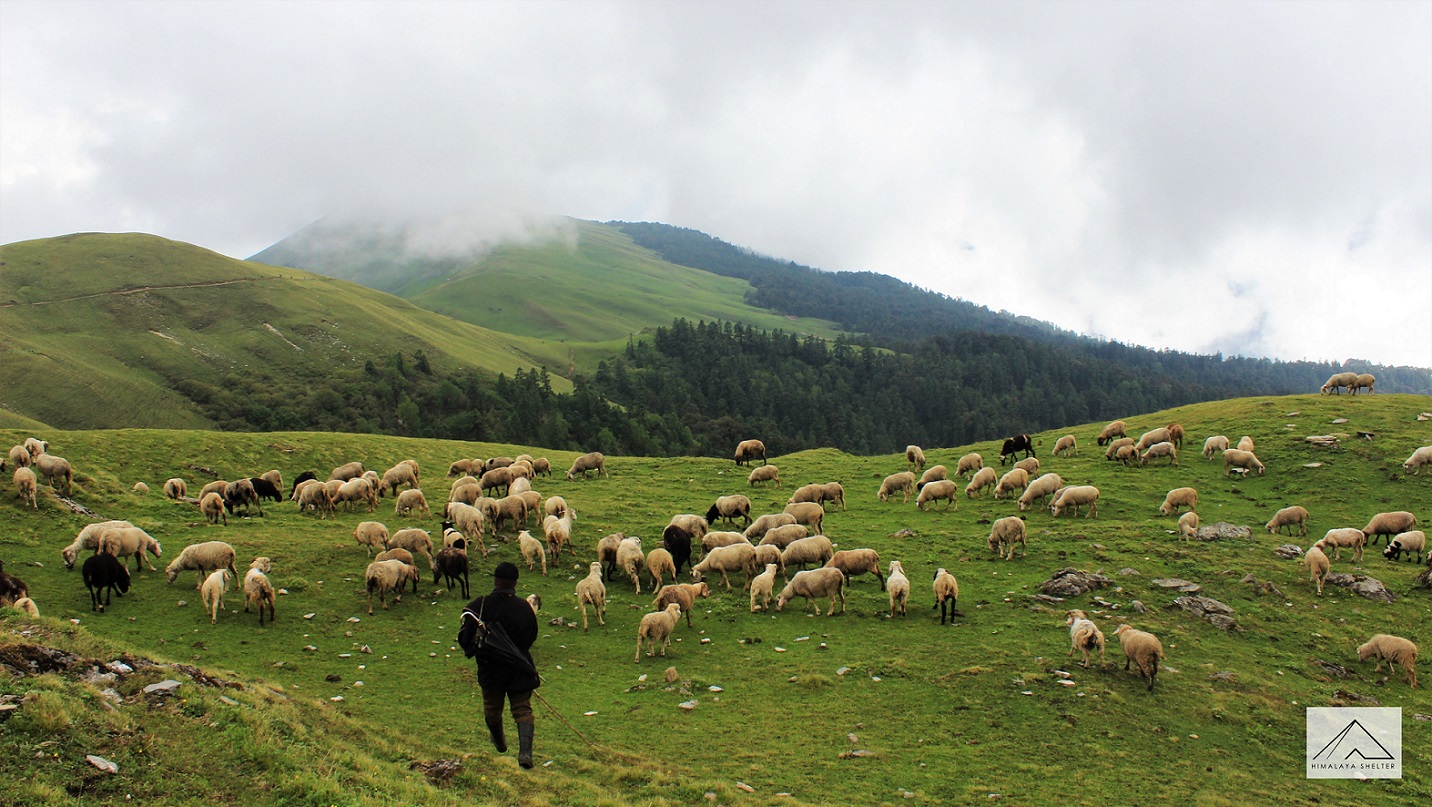Valley of Flowers and Hemkund Sahib
Valley of flowers and Hemkund Sahib – a colorful pilgrimage

“Waheguru…Waheguru” …everyone greeted. Last night’s heavy rain had subsided and I set out at 5am for Hemkund Sahib, world’s highest gurudwara at 4,600 m. Sikh pilgrims of all age and gender as well as trekkers, complete strangers, exchanged words of encouragements on the trail, as we all in our own pace took on the steep ascend.
Ten years after my first trek in the Indian Himalayas, I decided to rekindle my passion and hike up to the Valley of Flowers and Hemkund Sahib. Situated in Nanda Devi Biosphere reserve, this 5 km long valley at an altitude of 3,352 m to 3,658 m is one of the most revered monsoon treks of India. It is most sought after from July to September at the onset of monsoon in Uttarakhand. The trek promises stunning landscape and is also a test of your endurance. In anticipation, I read mountaineer Frank Smyth’s account of first discovering the valley after a successful ascent of Mt. Kamet and returning back years later to further explore and document it.
Day 1: Dehradun to Joshimath (1,920 m) 8-9 h drive
Early in the morning, I was glad to leave the city of Dehradun behind for a more scenic route along the river Ganga and its tributaries. In spite of the distance to be covered today, the drive was interesting with the number of river confluences on the way. Beginning with, at Devprayag, I watched Alaknanda and Bhagirathi rivers come together in full force. Next up at Rudraprayag, river Mandakini and Alaknanda joined forces. At the lunch point in Karnaprayag, I appreciated the view of waters coming from the Pindar Glacier meet Alaknanda. Up next on the drive was Nandaprayag wherein Nandakini river merges with Alaknanada.
As the evening fell, I sipped on some hot tea and snacks at Joshimath. The town is a gateway to many treks and mountaineering expeditions in the region and to Badrinath, one of the Char Dhams. Later I had an early dinner and prepped for a first real day of trek.
Day 2: Joshimath to Govindghat (1,920 m) drive, trek to Ghangaria (2,950 m) – 4-5h trek, 11 km
Post an early and filling breakfast, the initial drive to Govindghat today had a quick pitstop to yet another river confluence. At Vishnuprayag, I took in the sights and sounds of gushing river Dhauliganga merge with Alaknanda.
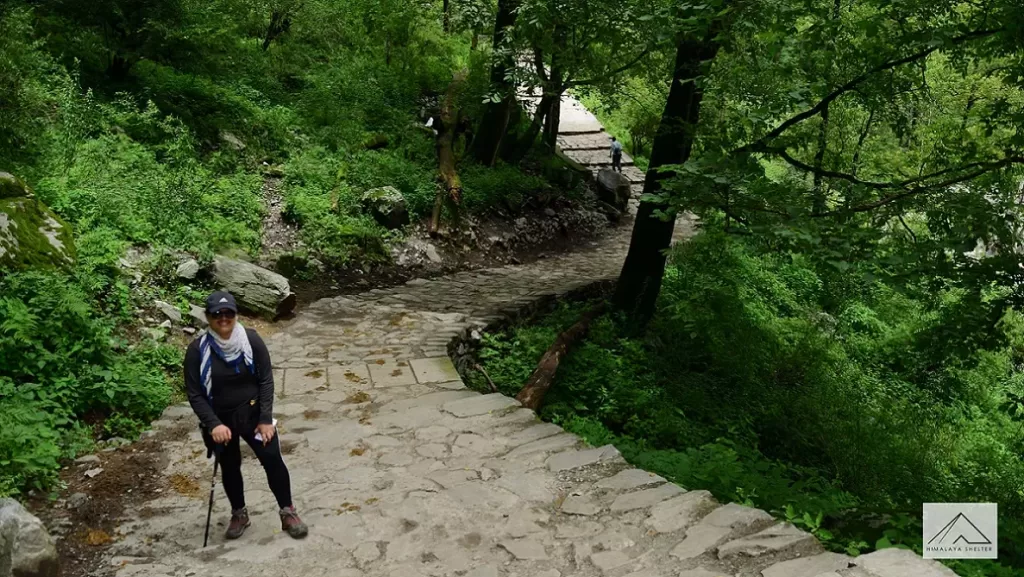
Subsequently we changed vehicle for Pulna. Once there, I finally began the hike leaving the hustle and bustle of trekkers and pilgrims behind. The well laid and well-marked trail first brings you to the confluence of Laxman Ganga and Alaknanda, followed by the first ascent which takes your breath away, literally and figuratively. The dhabas on the way offer a well-deserved break. A hot cup of tea and aloo paratha firmly in my belly, I felt re-energized and continued to take on the steady climb. The forest canopy on the trail provided shade from the sun and also when it continuously drizzled.
After a relatively long day and an altitude gain of over a 1,000 m, having a bed for the night was wonderful. This is one of the unique propositions of this trek in Uttarakhand. The stay options at the base camp village, Ghangaria, ranges from government GMVN tourist bungalow, tents, relatively luxury tents, hotels and the humble dwelling of a gurudwara. This sleepy village acts as a basecamp and comes alive only in the season to cater to the needs of all travellers. The single street is lined with small restaurants, shops selling trekking essentials and everything under the sun.
Again, an early dinner and I retired to my room in anticipation of what’s to come.
Day 3: Ghangaria (2,800 m) to Valley of Flowers (3,510 m) back to Ghangaria – 2-3 h, 8 km
This is it. This is the day I was looking forward to. All the planning and all the preparations coming to a fruition. I left my belongings safely in the room and armed with my day pack, my camera with a wide angle and macro lenses, I set off. Today the altitude gain was a doable 500 m with a descent back to basecamp. I procured my ticket for the park and I began an alluring walk through the forest, stopping occasionally to photograph the mushrooms and butterflies.
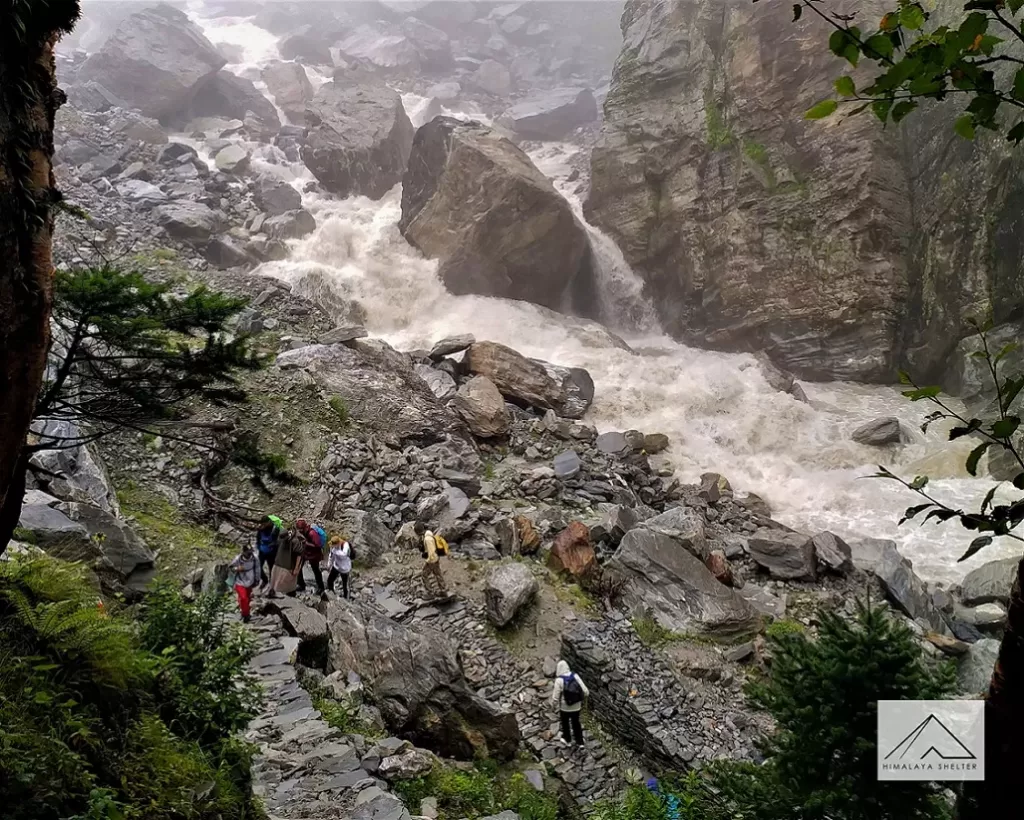
The trail came to a sudden ascent after crossing the bridge over ferociously flowing Pushpawati river. The overcast sky and constant drizzle obscured the view of the valley initially.
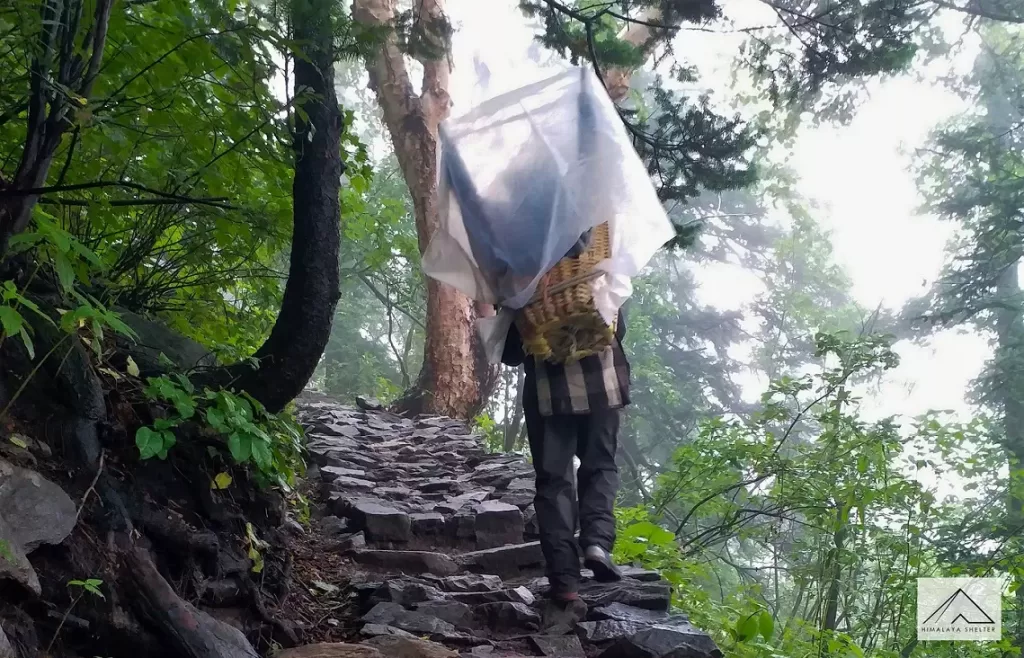
Post the gruelling ascent, I stopped to admire the Silver Birch lined on both sides of the trail. Here the cicada soundscape was deafening. The path was now more gradual making it more enjoyable and I upped my pace in excitement.

I was well and truly in heaven. The well laid trail was bursting at seams with wild flowers on one side and the river and meadow views on the other. A huge boulder marks the beginning of the valley where I had my packed lunch watching everyone busy taking selfies.
The valley is known to appear different throughout the season with varied flower species coming to peak. A bit of study prior to the trek helped in identifying some. The plant and flowers found in the valley have medicinal properties and have been used for generations by the locals to treat various ailments. Keep an eye out for unique species as you take in the stunning scenery. Don’t hesitate to get down and dirty. I insist you to slow down. If need be, exploring only a part of the valley makes more sense than trekking hastily up to the river bed. It is though, absolutely paramount to start the trek back to basecamp by 2 pm to exit the park limits by 6 pm, which is the closing time. Camping in the valley is prohibited.

When I trekked in late July, Himalayan Bell flowers were in full bloom as far as the eyes could see. The purple flowers appeared striking against the green panorama. The mist started to lift off the rolling hills revealing a sea of giant Milk Parsley. The overcast weather was perfect for capturing the flowers on camera and I got busy with macro photography along with clicking the enchanting landscape. A solo trekker pointed me towards one Arisaema low on ground, which resembled a cobra with its tongue out. I crossed a waterfall which had rocks lined with deep pink small and delicate Linear Leaved Thyme. A few steps away, Bladder Campion flowers looked other worldly. Something looked very bizarre and alien like and on further inspection I realised that it was a type of fern which was yet to open up. The pink hues of Aster Albescens stole my heart. So did Heracleum Candicans. Himalayan Knotweed and Himalayan Fleece Flower were all in bloom in huge numbers. Red Himalayan Cinquefoil or Vajradanti were also aplenty. I saw a couple sit on a rock and stare in the distance surrounded by a sea of tall red Mountain Sorrel, yellow Pedicularis Hoffmeisteri and purple Geranium and that made for a picture-perfect scene, on which note turned back to begin my descent back to camp.
On my way back I spotted what to my surprise looked like sunflowers and later realised that they were Himalayan Daisy. I had somehow missed the pretty blue Forget Me Not flowers while ascending. Erigeron Multiradiatus is one flower which is known to be in bloom even in September when rest of the valley is spent. Striking pink Dog flower which I mistook to be an orchid, grabbed my attention. By now the views became clearer and I spotted a bunch of pretty tall Morina Longifolia.
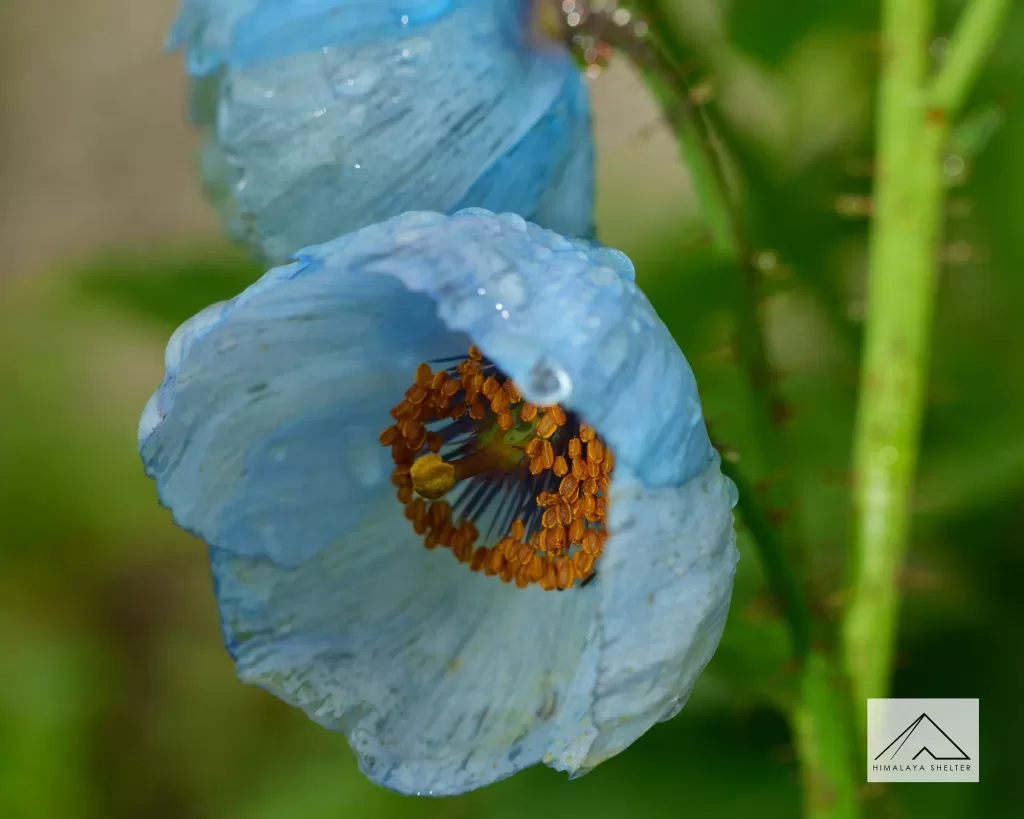
Once out of the park, if the weather permits and if you can sustain, hike up to the waterfall in Ghangaria. Not only is the scene absolutely breath taking, you would also come across many more flower varieties. As I hiked up to the fall, I snacked on wild strawberries whilst mules got busy munching on the greens. The gentle spray of water near the fall was so refreshing and worth it.
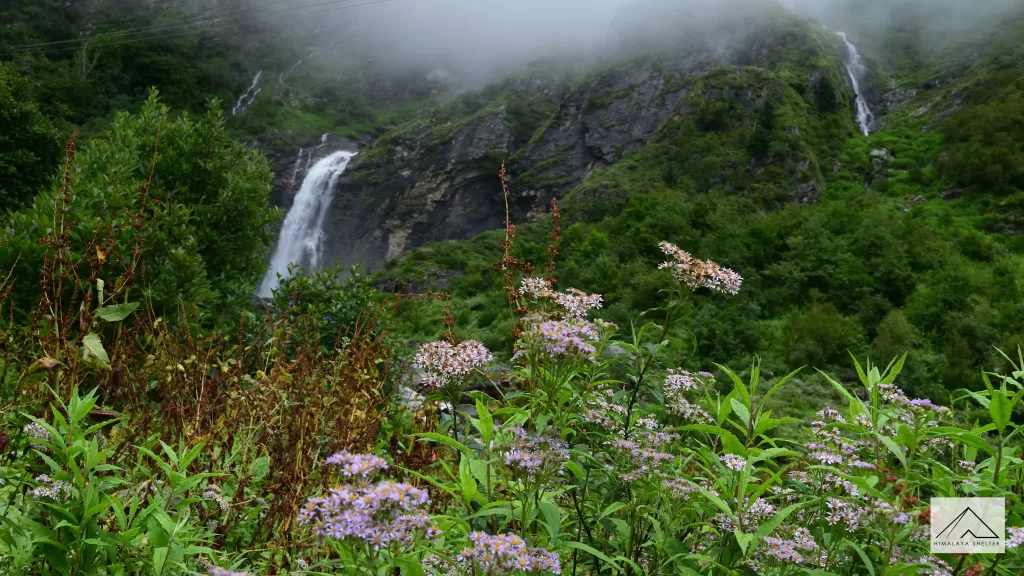
Day 4: Ghangaria to Hemkund Sahib and back to Ghangaria – 5-6 h, 12 km
On the following day a steep 6 km ascent to Hemkund Sahib made me nervous. It was my first time hiking up over 4,000 m. The hike up to the gurudwara has to be completed before 2 pm when the doors of the holy site shut. No accommodation is available. So, I decided to begin my hike before the crack of dawn with my headlights and warm gear on. I was not alone though. I guess, many pilgrims and trekkers had a similar plan, to take it slow, go at a steady pace and keep hydrated. AMS threat is very real. Luckily the rain had stopped and blue skies emerged on sunrise.
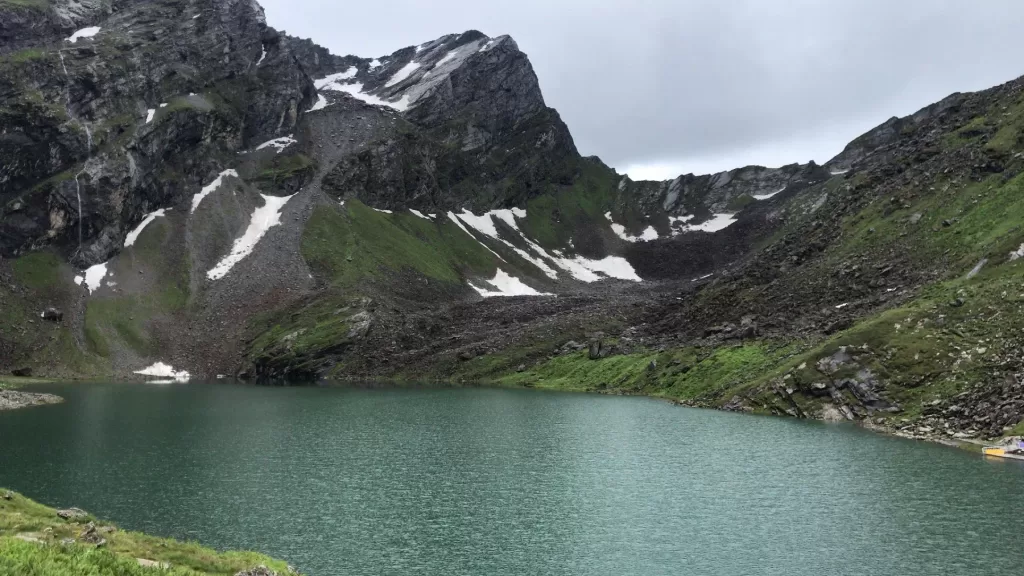
My breathing got heavy. Each step was a struggle, but the clock was ticking and I kept going. A hot cup of coffee at one of the dhabas gave me a second lease of life. But the weather Gods again turned. The mist rolled in and so did the rain. It got heavier by the minute and I considered giving up but a constant cheer from fellow trekkers and pilgrims kept me going. The sense of community was very strong, something I had never experienced before. The sight of Brahma Kamal and gorgeous Blue Poppy, the pièce de résistance of the trek, was an absolute delight.
I reached the gurudwara late missing the crystal-clear views of the alpine lake and the surrounding mountains. With sheer exhaustion and divine presence, I broke down inside the gurudwara. After bowing down to the almighty and spending some time inside the sanctum sanctorum, I made my way towards the Langar, a communal meal. Prasad in one hand, I grabbed myself a cup of hot tea and piping hot khichadi. My heart and soul warmed to the energy in the hall and I proceeded back to camp. It was a very long taxing day.
Day 5: Ghangaria to Govindghat 3 h (11 km), drive to Karanprayag 101 km 3-4 h
The day was pretty uneventful compared to the last three days of exhilaration and exhaustion. Bidding adieu to the village of Ghangaria, I hiked back to civilization. With lunch at Joshimath, I proceed to Karnaprayag for the night.
If one is not on a tight schedule, I would recommend a visit to Badrinath, which is just under 25 km drive from Govindghat. In addition, head to the last village of India, Mana, which borders Tibet. Visit the sight of sangam or confluence of river Saraswati and Alaknanda.
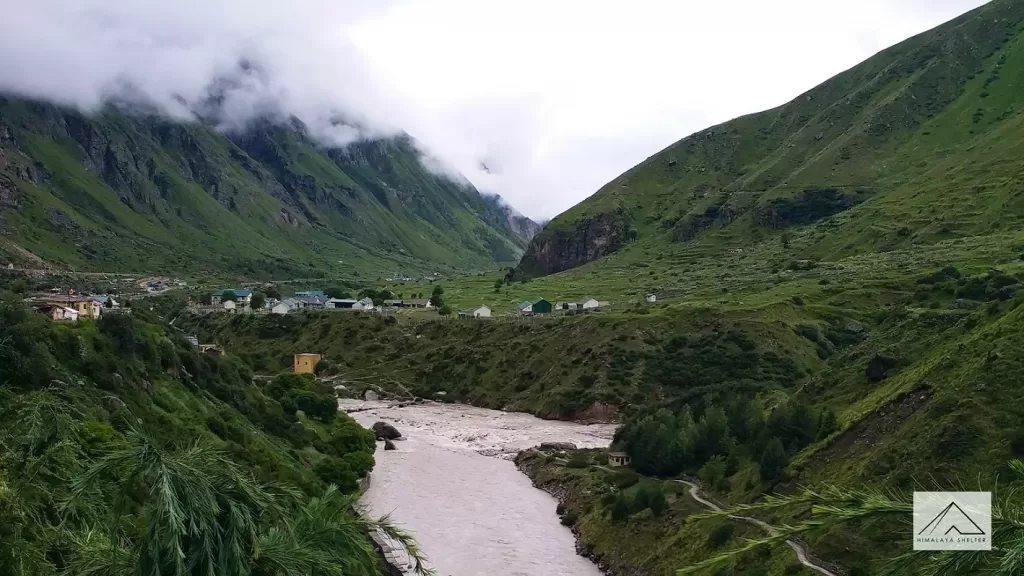
Day 6: Karanprayag to Dehradun – 211 km 6 h drive
There is so much to take in on this trek. I promise your heart, mind and memory cards would be full of gratitude for getting an opportunity to be where nature meets the divine. Where wild flowers grow carefree.

